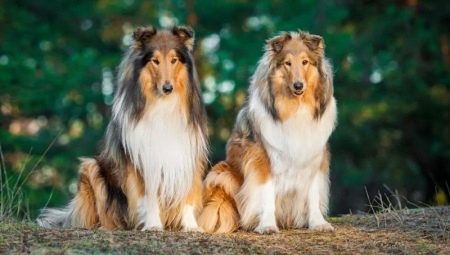Many of the modern dog breeds were created in due time in order to protect grazed herds from predators. An example of such an animal is collie.
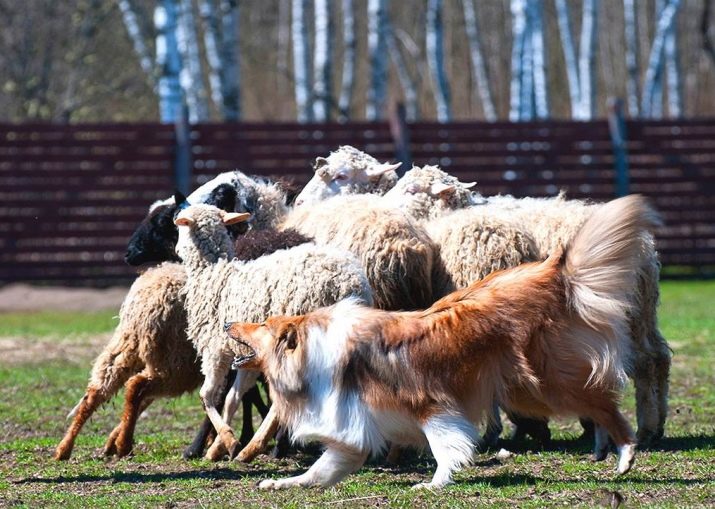
Origin
Even experienced professionals cannot yet tell where the name of the collie dog comes from. There are several versions:
- one raises the name of the breed to the Gallic word "useful";
- another to the Scottish word coal;
- the third - to the local designation of black-headed sheep.
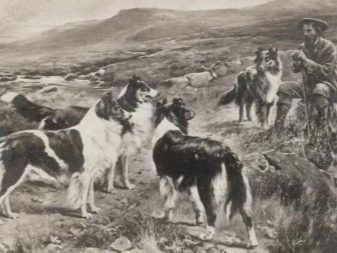

Most often the word "collie" is used in relation to the Scottish shepherd dogs bred in the territory of this British region. Exactly the same in appearance, individuals that were bred elsewhere are simply referred to as shepherd dogs or shepherd dogs. In addition to the British Isles, they live mainly on the Australian continent and in North America. However, you can meet a collie in any other corner of the world.
In the main territory occupied by the breed, it was actively used in the past to breed new shepherd dogs. Both purebred and hybrid lines were created. Some branches include the word "collie" in their name. However, the presence of such a group definition is optional.
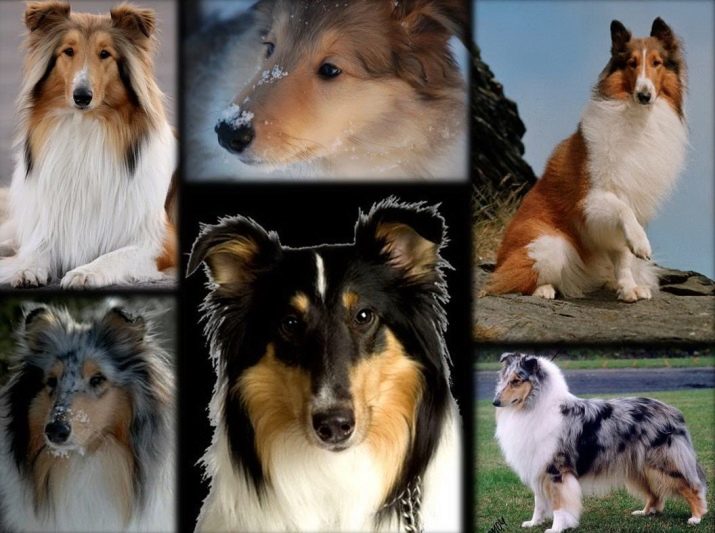
The earliest known mention of the Scottish Shepherd is dated 1790. But there is no doubt that the collie breed began to be used much earlier than it was mentioned in written sources. The most ancient names are “coels”, “collis”. The modern name appeared later. The ancestors of the Scottish shepherd dogs were brought to Britain by Roman invaders. Initially, the animals were painted black.
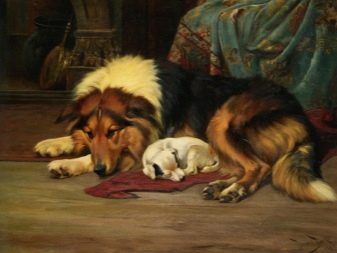
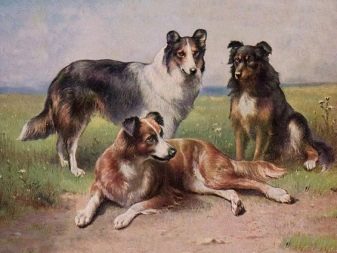
The main direction of selection naturally became improvement of pastoral qualities. Along the way, their appearance changed and improved. In 1860, the first collies were exported to London, where their breeding began. English breeders are busy working on the breed.
In the same 1860, the Scottish Shepherd was first shown at the Birmingham show. After 19 years, in 1879, she was appreciated in the New World. The first of the collie clubs appeared in the USA in 1886. In the next 50-70 years, the breed triumphantly walks around the world. And she owes her successes to a number of valuable qualities.
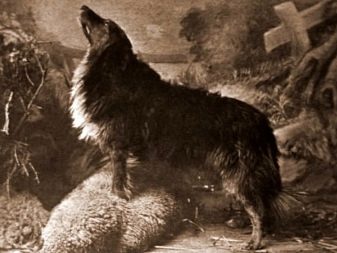
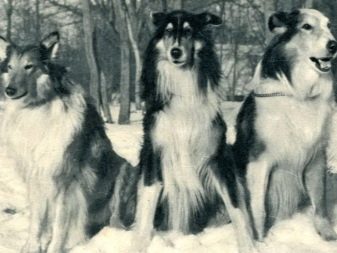
It should be noted that the above hypothesis about the early history of Scottish Shepherd dogs is not shared by all experts. Some cynologists believe that the ancestors of the breed may not be Roman dogs, but those that appeared on the British Isles when they were settled by Stone Age nomads. If this assumption is correct, then the earliest traces of the presence of a collie must be sought in the southern regions of England. It is unlikely that this debate will ever convincingly end.
There is no agreement between professionals regarding which breeds were the forerunners of the Scottish Shepherd.
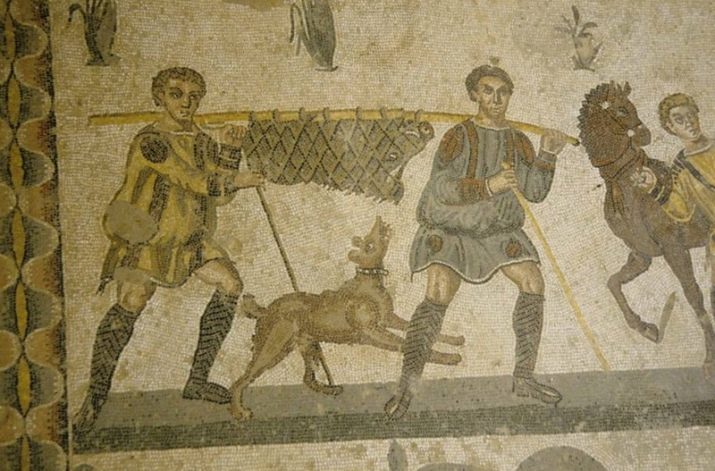
The traces of many of them are hardly guessed, while other ancestors may remain unknown forever.
There is an opinion according to which the Golden Moray Shepherd, who inhabited the east of Scotland and the fertile regions of the mountains, played a major role in the formation of the modern collie. This breed was different:
- black and white;
- weighing 11.5-13.5 kg;
- relatively short legs;
- elongated body.
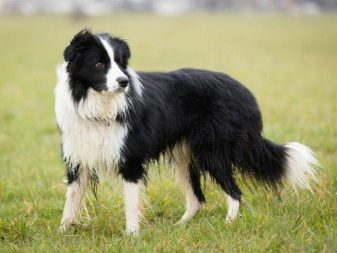
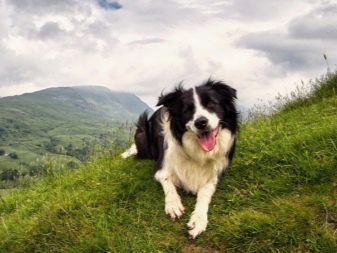
Golden Moray's front legs were curved, and the hind legs were cowed. The prevailing opinion of a higher intelligence of stunted individuals influenced the appearance of the ancestor of the Scottish Shepherd. Tall puppies were simply destroyed. The characteristic features of Moray were:
- wide, convex configuration of the skull;
- round yellow eyes;
- low hanging ears;
- especially dense two-layer wool.
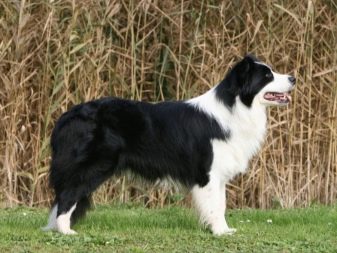
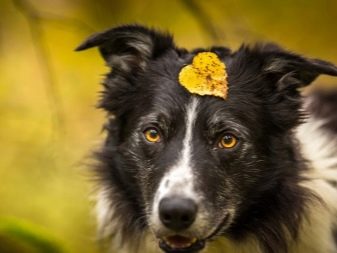
The length of the coat was often small, but some preferred dogs with a long fleece. Its owners were not so much the shepherds themselves as farmers with prosperity. Proponents of the origin of the Moray collie believe that already in the first centuries of the ancestral breed's existence, not so much practical as decorative qualities were especially appreciated.
Pets were perceived as a decoration of the house and the plot, as an object of pride of the owner. In the late Middle Ages and early New Age, the formation of the Scottish breed occurred due to hybridization with shepherds in the northern districts of England (bordering directly on Scottish lands).
As a result, there was an increase in size and a reduction in body length, the muzzle increased. The bulge of the skull was simultaneously reduced, and the hair was shortened. But at the same time, the dominant black and white color remained untouched.
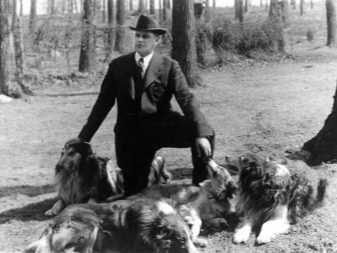
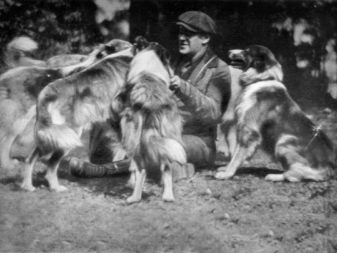
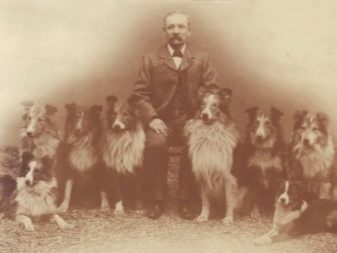
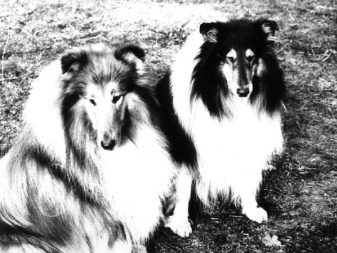
When her changes began, pure black and black and white appeared with brown and red inclusions of the dog. It would be possible to recognize the characteristic features of a collie in the early years of the 19th century.
An important role in the future was played by hybridization with the Irish setter. The prevailing color changed, and all the tones of the red color began to be considered consistent with the standard. From the setters, modern Scottish collies borrowed:
- relatively high growth;
- heaviness of build;
- legs straightening;
- dullness of the muzzle;
- characteristic "raw" lips.
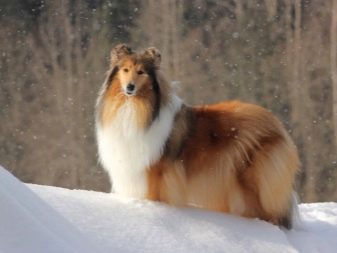
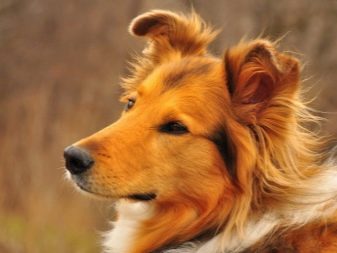
Sometimes they note their resemblance to retrievers. But experts do not have any convincing evidence that such a hybridization really happened. In any case, a close examination of the genealogy of the prize-winners of the exhibitions does not yet allow us to detect traces of such a cross. But it is reliably known about crossbreeding with a greyhound, undertaken to extend the muzzle and increase the aristocratic appearance.For a while, it was the type with the features of a greyhound that was most in demand among all collies.
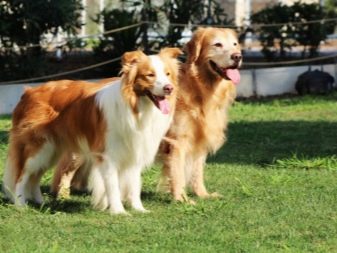
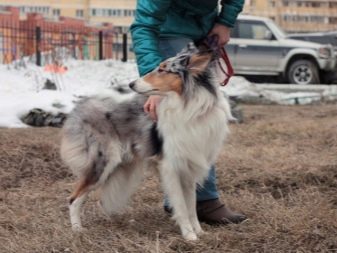
In the 21st century, such dogs are still found, although not as often as before. It is precisely due to the influence of the greyhound that there is no clear transition, and the frontal lobe of the head is slightly sloping. Hybridization with the bandog dog had an even greater impact on the modern Scottish Shepherd. Its origin is unknown, and there is no generally accepted translation of this word into Russian yet.
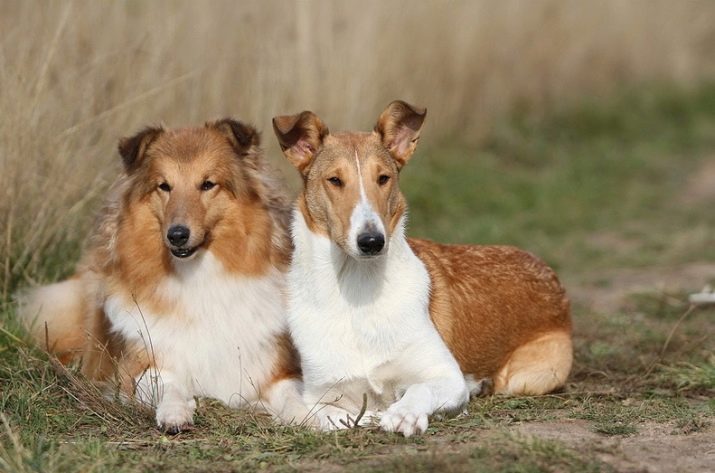
However, experts believe that it is the bandog breed that is closest in terms of external characteristics to the usual collie.
According to experts, the final appearance of the "Scots" occurred between 1860 and 1890. Even when looking at the entire history of cynology, it’s hard to find other examples of the equally fast breed design.
Working dogs without a pedigree, which were then purchased in the working cattle markets, were relatively small. Their limbs could hardly be called a standard of beauty even for the most undemanding person. And even with the appearance of the first clubs that kept lists of breeding stocks, any data, except for the nickname and name of the owner, did not appear in these lists.
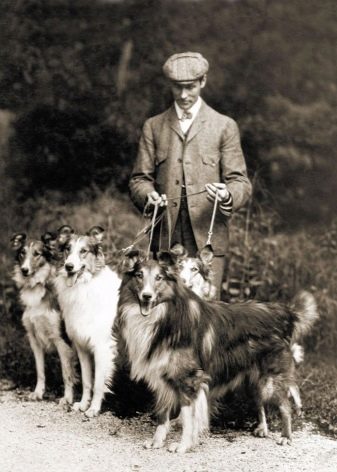
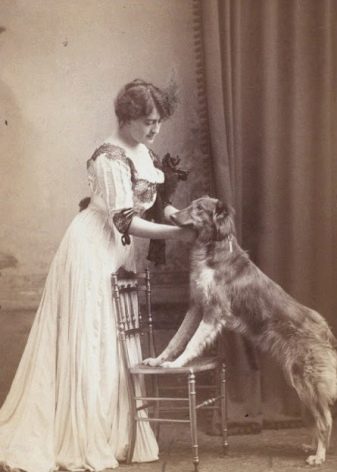
Until 1895, collies were often recorded in studbooks as shepherd dogs, and only then did they identify a distinct, separate section. The main center of selection and breeding became Birmingham. In the twentieth century, changes continued, and breeders made every effort to make the Scottish shepherd dogs look as noble as possible. Breeders managed to significantly improve these indicators (if we take as a basis those dogs that lived at the beginning of the last century). Therefore, it is important to know what this breed looks like now.
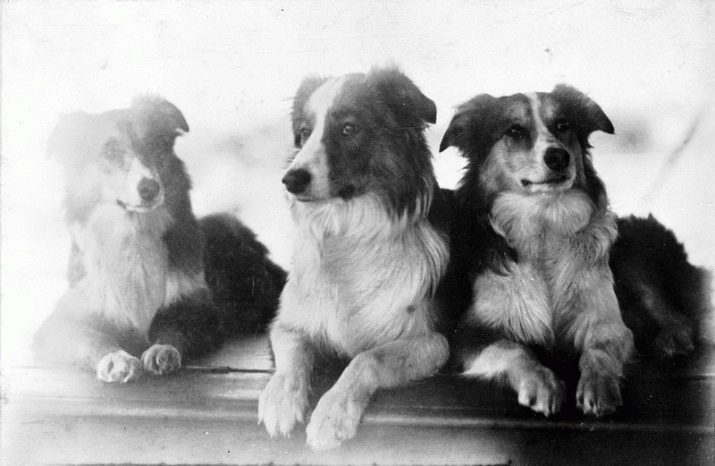
general description
The term "collie" in cynological practice does not apply to one breed, but to a whole group of shepherd breeds that were bred in Scotland and the northern regions of England. In this category, it is customary to include not only officially recognized varieties, but also small local subtypes. In the generally accepted characterization of a collie, five typical features are indicated:
- proportional body;
- medium height;
- ease of addition;
- sharpening of the muzzle;
- specific coloring.

The history of the breed was reflected in it in the most convincing way - until now, most individuals of the collie have a highly developed shepherd instinct. Users, as well as professional dog handlers, note such valuable properties of these dogs:
- physical endurance;
- impressive dexterity;
- good learning ability.
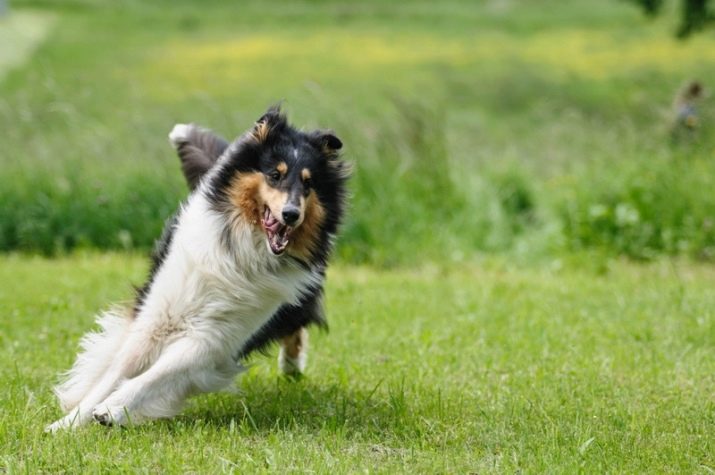
The weight of the vast majority of collies is 22-32 kg. For grazing cattle, the largest dogs are selected. There are various types of tails - flat, raised, sometimes even with a bend. However, it is excluded from twisting into a ring and touching the back.
Some specimens from the birth of short-tail.
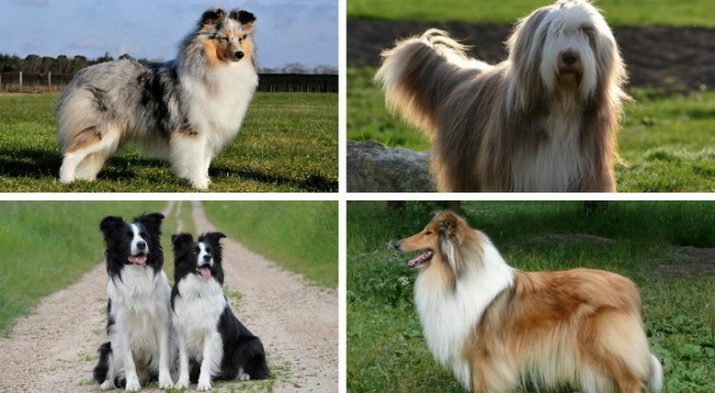
Any collies are different activity and energy. They can run all day over rough terrain with difficult terrain. It is noted by experts that the intellectual capabilities of the breed make it one of the twenty smartest dogs in the world. This circumstance has made the "Scots" regular participants in competitions in:
- flyball;
- shepherd's art;
- agility;
- freestyle.
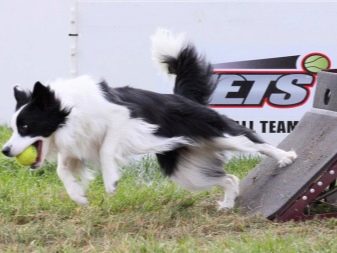
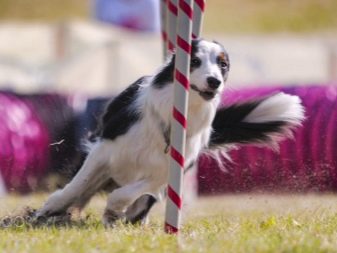
Some breeds from the collie group, primarily longhair and shorthair, are prone to genetic ailments. They tolerate infections relatively poorly. Another weakness of these branches is an increased susceptibility to certain drugs. Growth at the withers according to the standard is from 0.55 to 0.65 m.
The figure of the dog is muscular. Muscles abound and a long, gracefully curving neck. The shape of the head resembles a cone; its features are not too sharp, the skull has a flat shape. The triangular ears are not too large.
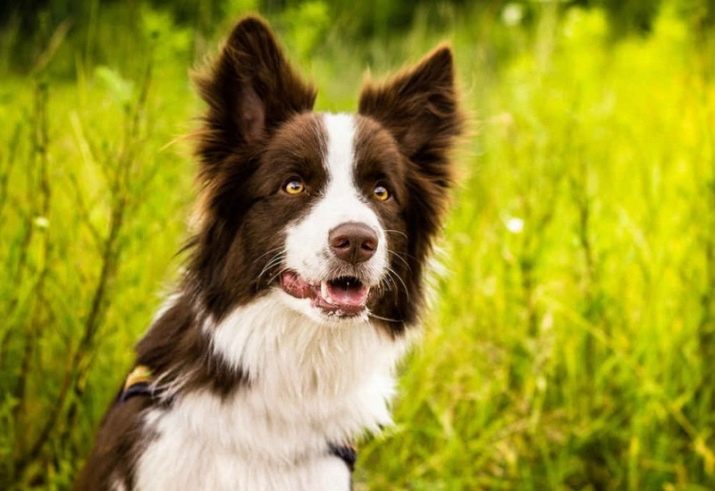
In a calm emotional state, they are pressed back to the skin, and if the pet is alert or agitated, the ears rise and even lean forward.
Due to the almond-shaped shape of the eyes, it seems to many that the animal looks somehow cunning and mysterious. At the same time, the look should not express even slight aggressive notes. Strong jaws with a scissor bite are located below the black nose. Collie's long body includes:
- straightened back;
- relatively low chest;
- elongated straight legs;
- saber tail.
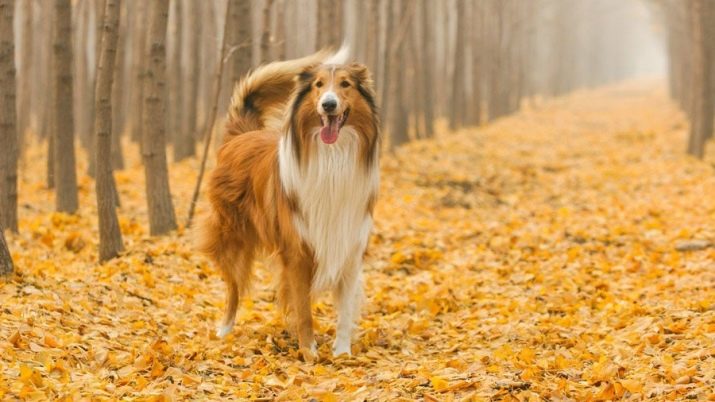
The dog walks easily and widely, while moving very smoothly. The official standard allows only 3 colors:
- tricolor;
- sand (of various shades, with the exception of cream and straw tones);
- blue (with the dominance of light colors).
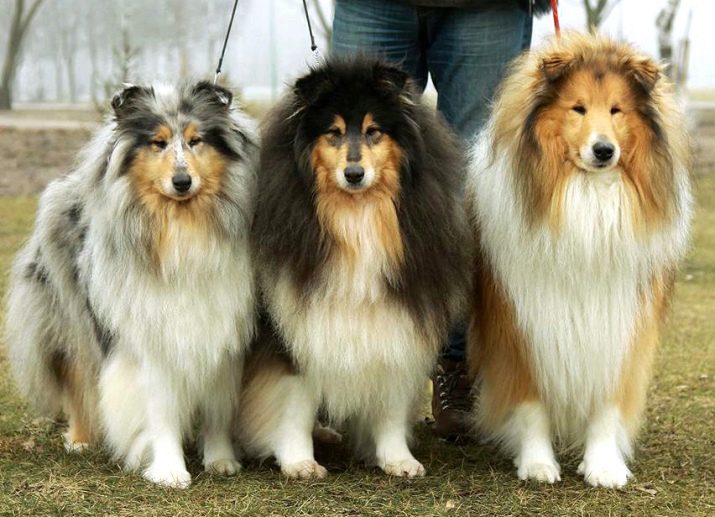
Regardless of the color, the dog should have large white spots. The classic shepherd from Scotland has:
- a white hole in the face;
- the same collar;
- whitish tail tip;
- white socks.
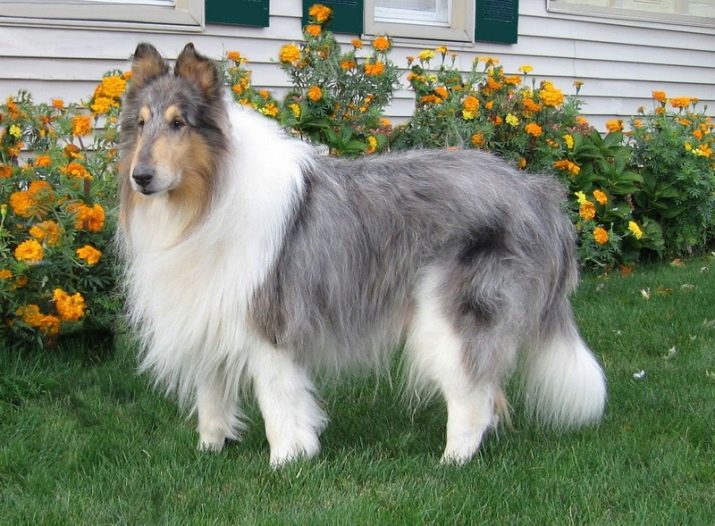
The appearance of a collie is really amazing and surprising. He invariably expresses calm nobility. This dog also literally exudes friendliness.
It is believed that the character of the dog developed back in that era when appearance was less important than working qualities. Then the ability to work with herds and obediently obey the shepherds was most valued.
It would be much more difficult for livestock owners and their accompanying workers to do their job without the assistance of a collie. A well-trained dog will be able to do what would additionally require at least 20 people. Even today, when various technical innovations come to the rescue of pastoralists, the significance of the four-shepherd is difficult to overestimate. In the city, a collie may look unconvincing, not attractive enough, but everything changes when the dog is in the usual atmosphere.
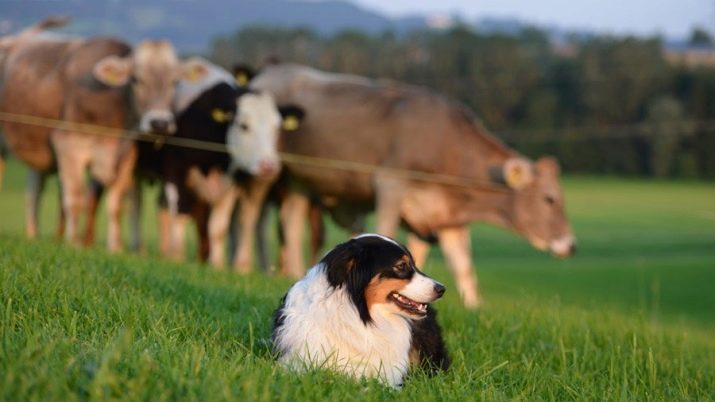
The mental abilities of collies and their practical qualities can be assessed when guarding sheep. Dogs deftly and quickly surround running animals, even in the hills. They put the flock together and make it gather in the paddock. The most stubborn cattle are easily controlled by the collie.
But it is important to understand the limitations associated with the past of this breed. It was used solely for grazing, and not for the purpose of protection. Larger wolfhounds acted as guards. Scottish shepherd dogs by the very structure of the jaws are unable to apply a bite, leading to serious injury to the victim. Already in ancient times, dogs that opened their mouths and mutilated livestock were ruthlessly disposed of.
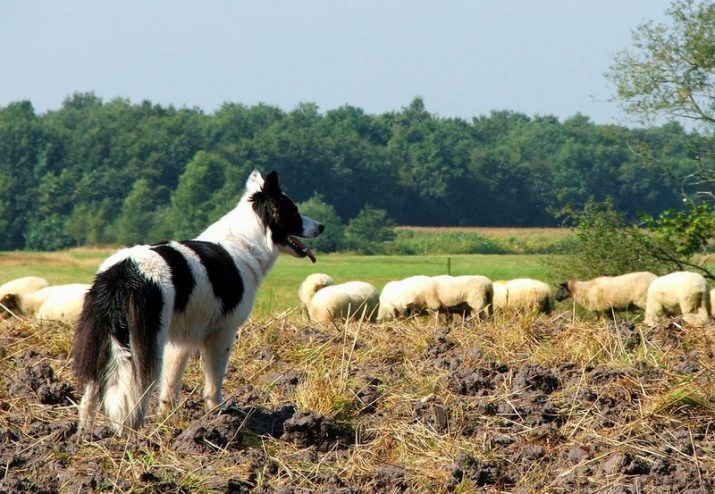
As a result of this, the collie is not prone to aggressive behavior, and attempts to force her to behave maliciously do not lead to success.
Inept trainers seek only the appearance of endless tantrums. The fact is that instilling aggressiveness conflicts with the centuries-old attitude, blocking an unauthorized attack on other animals, especially on people.
The dog’s psyche cannot process mutually exclusive motives in an acceptable way, and therefore strange behaviors appear. But you need to understand that as a defender, when the attack is already taking place, the collie shows itself very well. The main thing is that the pet is well brought up and trained, then he really will protect himself and the owners if necessary.

The descriptions note the shyness of the character of the Scottish Shepherd. Because of this, she does not make contact with people too quickly. But it is quite possible, albeit for a rather long time, to gain confidence from the beast. A long pleasant walk will allow you to achieve extremely strong attachment.
Collie is trying to concentrate her emotional attachment on one thing, and not to distribute it throughout the family. Devotion is highly dependent on how old the collie appeared in the house. Adult animals, especially oversold ones, are less trusting and less loyal.The widespread opinion of long-haired collies, attributing to them excessive inspiration and excessive activity, is not too correct.
If dogs can run for a long time and exercise at large, excessive emotionality is removed. The Scottish Shepherd must find at least some way out of its boiling energy - and she will certainly look for it, despite all the discontent of the owners.
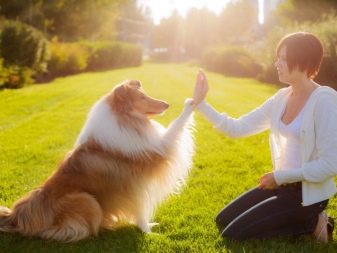

Therefore, commentators who attribute collie stubbornness and a tendency to violate the orders of the owners themselves are to blame - they walk their pets for several minutes in the mornings and evenings. Conclusion: the breed is not suitable for constantly busy or often traveling on business trips.
Do not be afraid that collies will require some kind of extreme mode, especially intense physical exertion. They can maintain good physical fitness without special training. It will be enough for adults to walk along the street in steps, occasionally family trips to the countryside will be required.
In our country, collies are used mainly in Altai and in the Far Eastern regions. There are not too many sheep, but there are sika deer. No other dogs, even the most reputable and in demand, are suitable for escorting deer. But the Scottish Shepherd has long been used not only for shepherd's work.
Unusual qualities made it possible to use it for guard purposes. The first such attempts were made at the beginning of the twentieth century. Now the collie is used by the border services of the Scandinavian states. Along with the, their use as pets is continuously increasing.
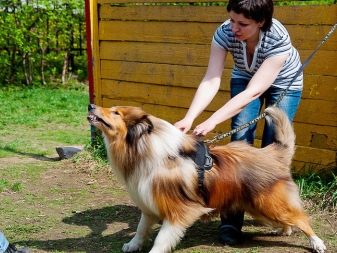
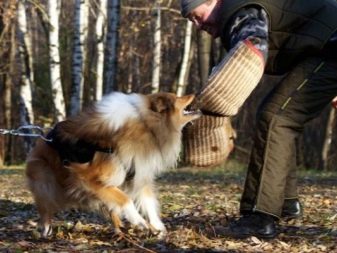
In apartments and houses, “Scots” become loyal and devoted members of families.
Varieties
Over the long history of the collie, many subtypes of this breed were bred. And special attention should be paid Australian Aussie Shepherd Dog. Contrary to the name, she appeared in the USA. The main use of these dogs is grazing and guarding cattle. Aussie is believed to have been bred using:
- Basque Shepherd Dogs;
- classic english collies;
- Spanish Shepherd Dog.
Aussi is considered a characteristic thick, moderately long coat. The head is decorated with semi-permanent ears, and the body ends with a short tail. Often you have to deal with heterochromia. In Australia itself there are short-tailed cattle dogs. They appeared as a result of the crossing of imported shepherd dogs and dingoes from Europe.
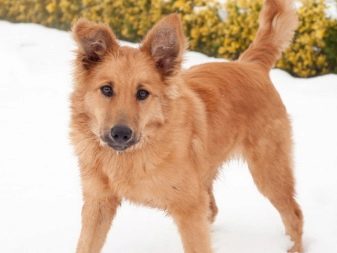
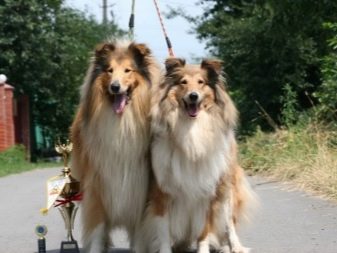
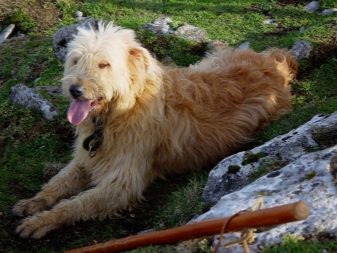
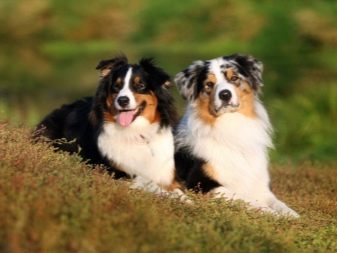
Short-tailed dogs distinguished by lightweight and relatively short hair. It is important to distinguish them from Australian healers, they are Australian shepherd dogs. When breeding this subspecies, different specimens of dingo and collie with shortened hair were needed. A typical feature of this species is:
- powerful physique;
- rather short coat;
- vertical ears.
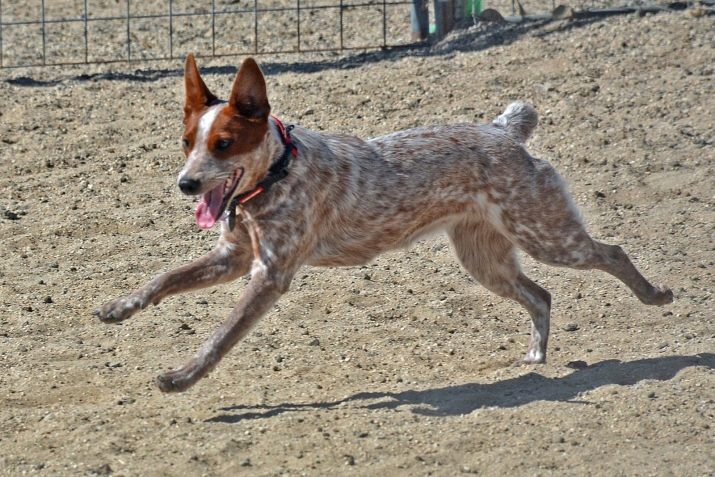
Australian Métis have a bluish or red speckled color. The main tone is diluted with tan. Two groups of collies developed on the southern continent still deserve attention. Kelpies developed on the basis of dogs brought directly from Scotland or the northern regions of England. Experts suggest that when Kelpie appeared, hybridization with dingo was also used, but this point has not yet been clarified.
The breed has a short hair and vertical ears. Pretty different colors are possible, including black, red or red-brown tones. In the development of the Australian coolie, not only European collies were used, but also dogs from Germany and Spain.
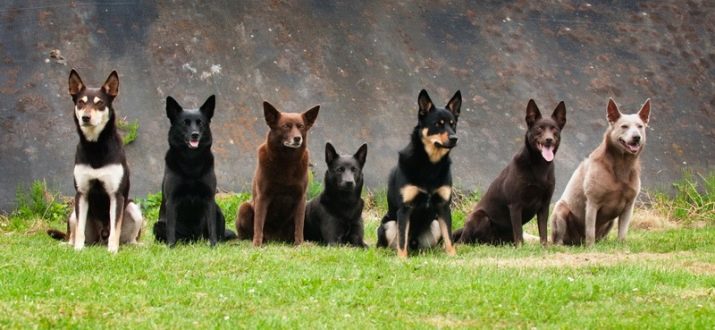
Deserves attention and english shepherd. Its name should not be misleading - the breed was bred by American breeders, and only the original individuals were English by origin. The hanging ears of an English shepherd look very good. Characteristic of her thick coat of black or tan color, diluted with white marks. They got the Blue Lacey by crossing the English Shepherd with a wide variety of breeds.What were these breeds, even experts still have not figured out.
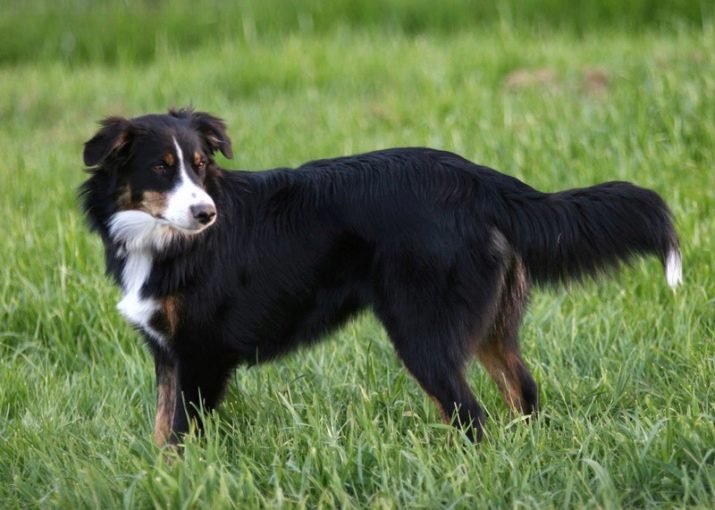
It is well known that blue-lacey can have three color options:
- ginger;
- blue;
- tricolor.
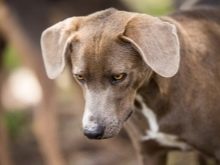
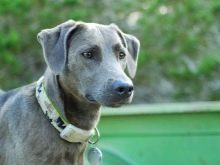
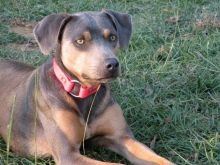
The most famous among all the collies, however, remains Border Collie. Her main specialization is grazing sheep. Border collies are not suitable for working with large livestock. This breed can have both partially erect and hanging ears. The silky hair of a border collie can be long, but on the legs and face it is very short.
The colors of this breed are black, red, black and tan and merle. Regardless of the specific color, they have white marks and the same collar. Sometimes dogs become almost completely white. Blue merle means the predominance of a pure silver-blue tone, diluted in different places with medium-sized dark spots.
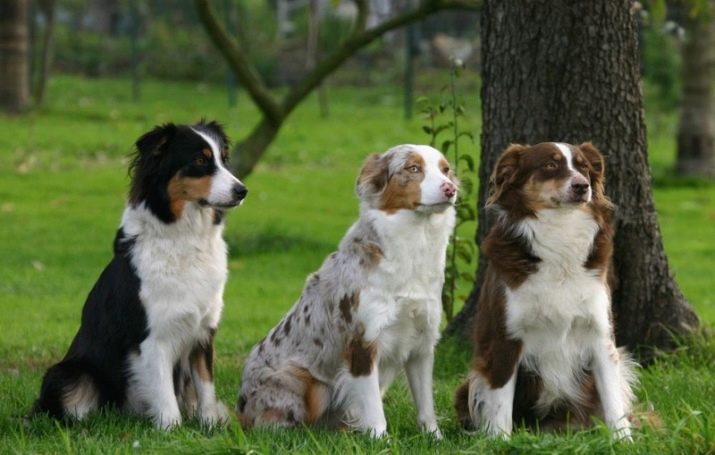
Under the standard blue merle do not fall:
- natural slate color;
- large black patches;
- rusty shades (even undercoat).
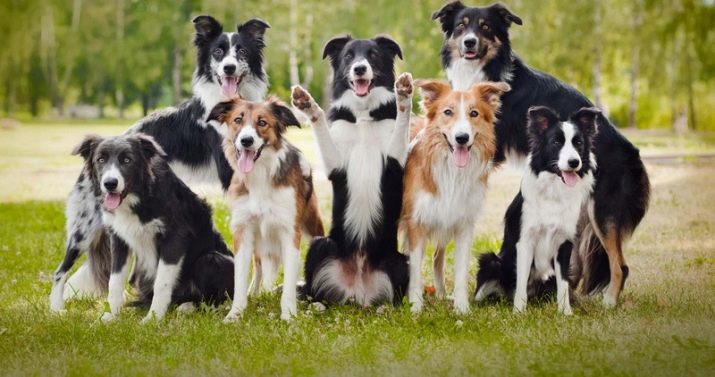
Marble collie looks no less brilliant. It can have both brown and different blue eyes. But the bearded collie breed is even ahead of many others in the decorative plan. No wonder it almost ceased to be used in shepherding, but it found application as a companion and exhibition model. The “bearded” always have hanging ears and elongated silky hair throughout the body. In addition to black, brown, blue, gray and red colors, sand is allowed; white markings are possible.
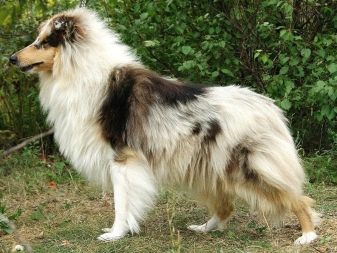
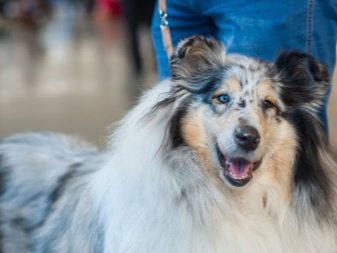
As for the Cumberland Sheepdog, it is considered to be swallowed by a similar species - the Border Collie, as well as the immediate ancestor of the Australian branch. Pure Cumberlands themselves have long disappeared. Their characteristic feature is the high density of black fur.
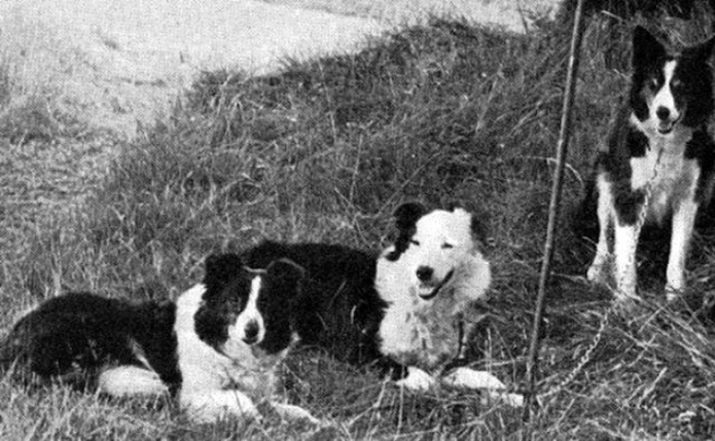
The shepherd dog McNaba (or just McNab) is quite popular. It received its name in honor of the creator. Various individuals may have erect or partially erect ears. Cropped black or red hair is complemented by white inclusions on the chest and muzzle. And New Zealand collies were bred based on border collies. The New Zealand variety does not open its mouth while grazing sheep. Many shepherds believe that these dogs can give cattle any order at a glance.
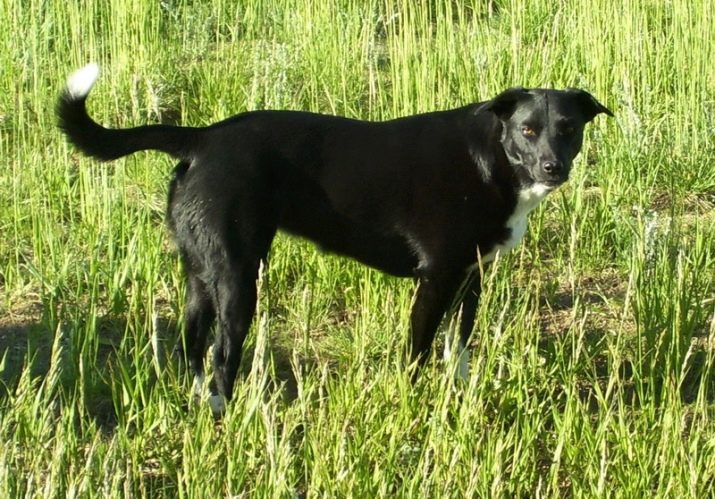
In addition to her, in the past there was the so-called Smithfield Shepherd. These were large dogs that helped not only protect cattle herds, but also to distill them. They got their name in honor of the oldest of the London meat markets (for obvious reasons, they could always be seen there).
In the 21st century, Tasmanian dogs are called Smithfields, similar in appearance to bearded collies. Among other breed options, Welsh Shepherd Dogs and Sheltie (aka Shetland Shepherd Dogs) deserve attention. Collie itself, in the common sense, is a classic Scottish shepherd. Since it is bred in the mountainous regions of Great Britain, it has excellent coat and thick undercoat. Both this and that allows them to successfully endure even severe weather.
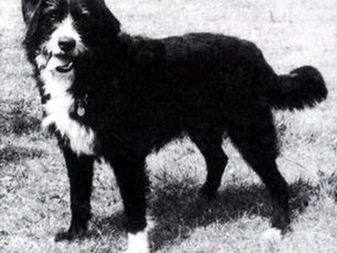
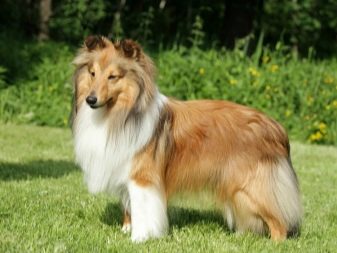
Basic content rules
But the shepherd origin of the collie does not mean that care for them by the owners is not important enough. Scottish shepherds may well live on the street. However, it would be much more correct to keep them closer to the owners. Of course, these animals are not inclined to smash the home because of the lack of communication with people, as boxers sometimes do. The thing is different - dogs are affectionate and friendly, because the owners will benefit from their approach and constant contact.
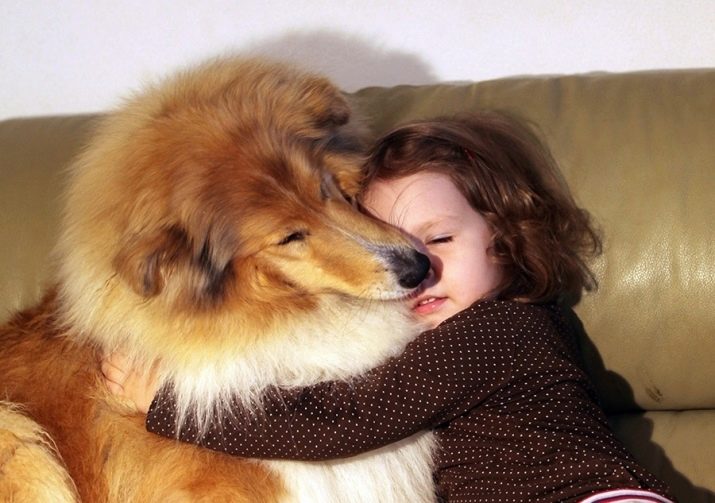
As in relations with other breeds, it will be necessary:
- clearly identify the place where the dog will rest and sleep;
- to get toys;
- take care of the bed;
- stock up on bowls for food and water.
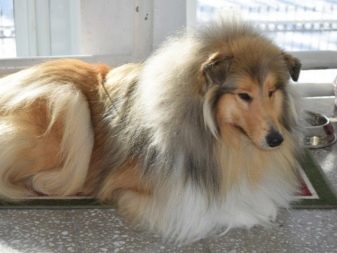
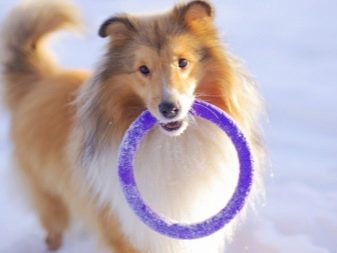
Since collie is naturally active, it should be able to splash out stored energy.To do this, you have to walk your pets twice a day, while not only walking along the street, but also giving the dogs time for free running. The leash is, of course, unfastened.
Long-haired shepherds deserve to be combed out daily (at least ¼ hour). Along with a regular brush, a scallop with small cloves is also used for this. Combing should be done carefully and carefully. At the same time, long hair is lifted up to reach its roots. The greatest attention is always required:
- mane;
- tail;
- coat on the legs and other parts of the limbs.
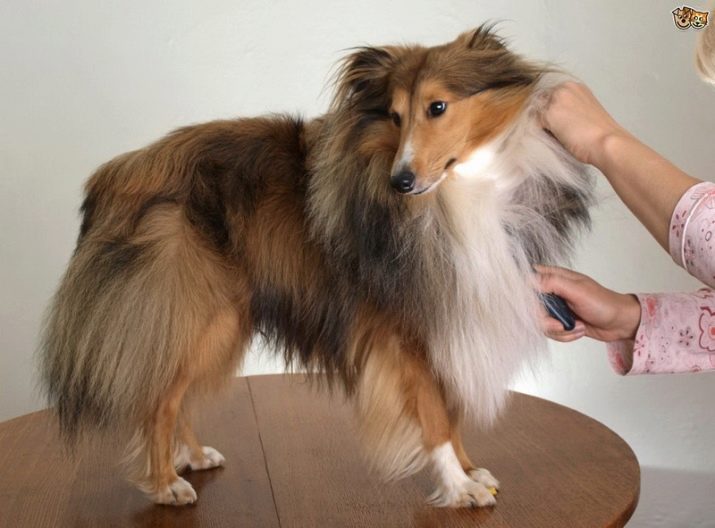
It is in these three places that the pets of inattentive hosts are most often covered with warlocks. As for smooth-haired individuals, they can be combed out once in 5-7 days. But you can not reduce all the care only to work with dog hair. It is necessary to bathe the Scottish shepherd dogs 1 time in 2 months. Extraordinary bathing is carried out with heavy pollution.
To improve the result, water procedures are performed using emollient shampoo. You can buy it at any veterinary pharmacy. Once a week, the ears are treated with a special solution. Simultaneously with the treatment, the ears themselves are examined in order to detect injuries, inflammatory reactions or an excessive amount of secretions in time.
Will also brush your dog systematically. Violation of this rule threatens the appearance of foul odors and the formation of tartar.
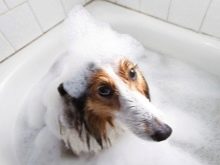
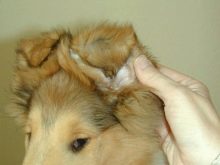
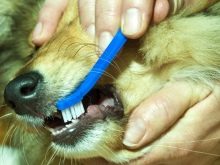
Claws are cut not according to the schedule, but according to the rate of their growth. Excessively long claws will interfere with normal movement. But in a collie, due to increased physical activity, the need for additional clipping of claws occurs less frequently.
Be sure to monitor the secretions that collect in the eyes. They are removed with a napkin soaked in boiled water. A good alternative can be considered a solution of pharmacy chamomile. The systematic appearance of the discharge should immediately alert the owners.

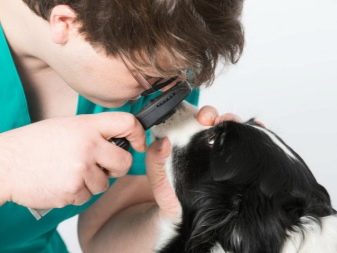
Consult a veterinarian immediately. The fact is that active secretions very often turn out to be a manifestation of an infectious process.
Collies are suitable for feeding natural products only. They can be replaced by dry food of the elite class. In the diet of a dog that is fed natural food, there must be a fish. The maximum interval between feeding seafood is 30-40 days. Of the goodies, cheese and biscuits are suitable.
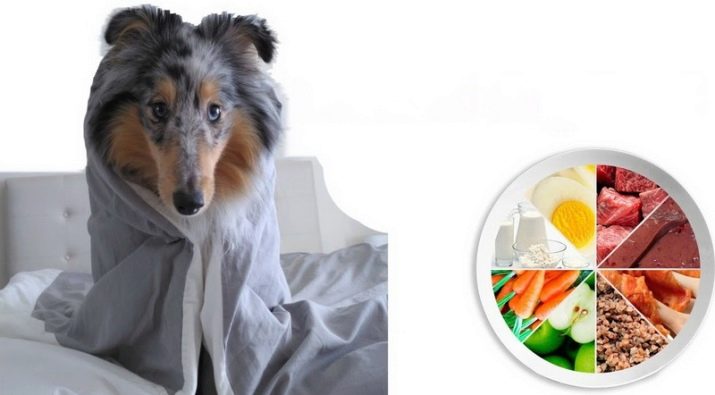
It is strictly forbidden to give a collie:
- salted or fresh lard;
- beans, beans, peas;
- flour products.
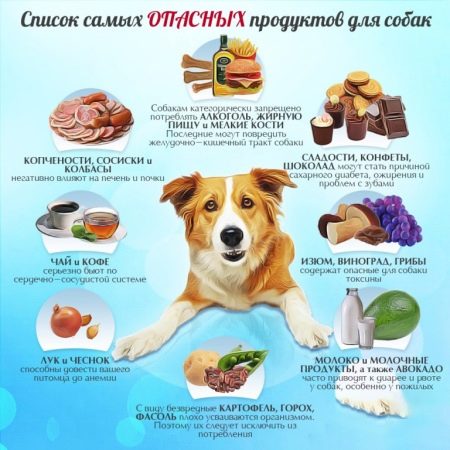
Scottish Shepherd dogs are in good health and are almost not affected by congenital ailments. They can live from 12 to 15 years, if only they are properly cared for. Of particular importance to life expectancy are:
- normal diet
- regular visits to veterinarians;
- systematic vaccination;
- regular treatment with drugs that suppress skin parasites.
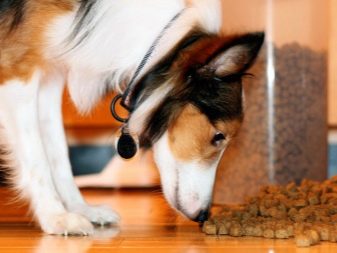
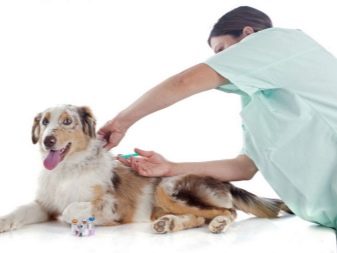
But you need to understand that even a collie can have quite serious disorders. There is even a special collie eye syndrome. With this syndrome, which is inherited, the eyes develop abnormally. Another pathology of their development - dysthyiasis, is expressed in the appearance of an extra row of eyelashes. Collies can also suffer from:
- epilepsy;
- dermatitis (inversion of the eyelids);
- pemphigus foliage (autoimmune skin lesion);
- vitiligo (failure to produce melatonin);
- congenital deafness;
- dysplasia;
- aspergillosis;
- dislocation of the elbows.
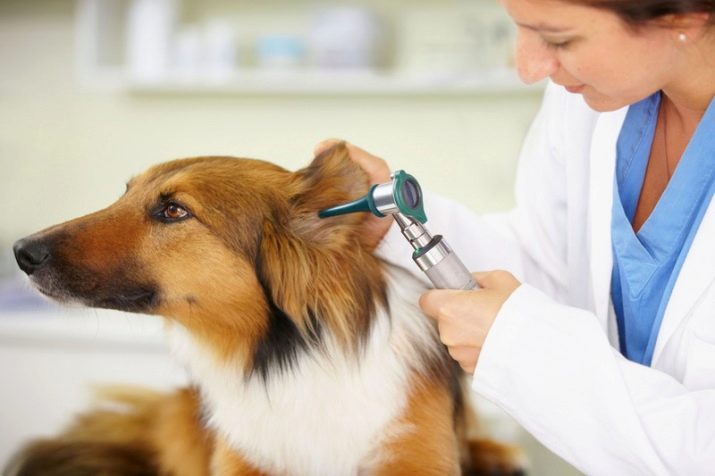
A serious danger to animals is immune-mediated hemolytic anemia, digestive disorders. With hemolytic anemia, the immune response falls on red blood cells. The Scottish Shepherd is very sensitive to most medicines.
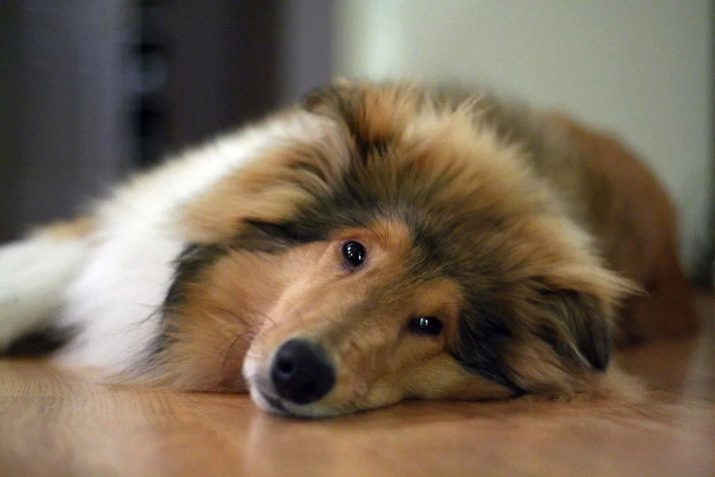
Therefore, dogs should not be treated on their own. Any drug can be used only after consultation with veterinarians.
Returning to hair care, we should mention a few mandatory attributes:
- a comb with small teeth;
- a comb with large teeth;
- a brush;
- atomizer for spraying water (removal of static electricity).

First, the collie is combed along the hair, going from neck to tail, using a large comb. Next, take a smaller comb or brush to bring the coat completely in order. Dogs up to a year to comb are harder, and therefore have to do it more often. Combing will have to be speeded up even during moulting.
A common mistake is to refuse to comb, when the collie seems clean and in perfect order. It should be taken as a rule, regardless of the appearance of the coat, do it 10 or 15 minutes per day. It is noted that touching the comb not only improves the condition of the hair, but also positively affects the blood flow in the upper layer of the skin. As for washing, it is very rarely required.
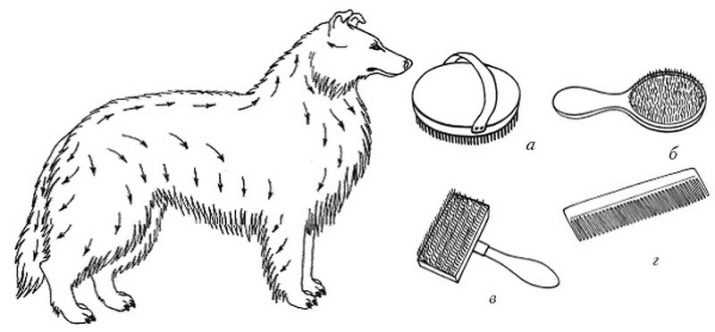
Excessive washing of the Scottish Shepherd Dog deprives it of a protective skin layer and increases the likelihood of dermatological diseases.
If there is no special zoo shampoo, you can do with baby soap or soap for sensitive skin. Care must be taken to ensure that water and cleaning products do not get into the eyes, ears. The bought dog is immediately combed out. Then you have to keep it in a warm room for at least 8 hours, this requirement is especially important in winter. Collie rarely gets dirty, if this still happens, it is advisable to wash only contaminated areas and do not use detergents.
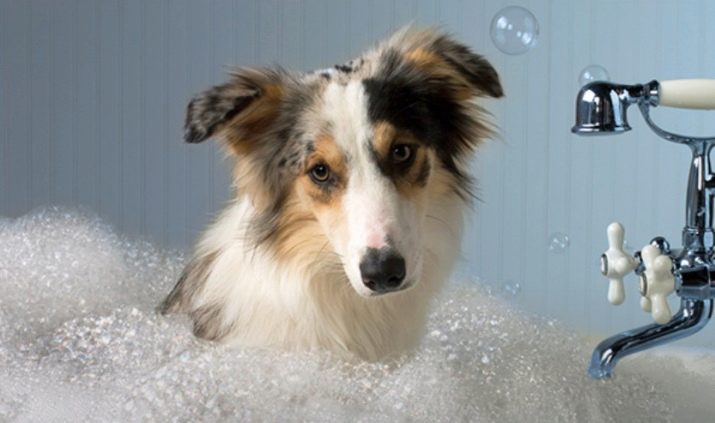
Advantages and disadvantages
The undoubted advantage of a collie is its dedication to the owners. Yes, this is a typical trait of many breeds. However, the "Scot" stands out even against the general background. There are cases when she rushed to protect the owner or other family members, risking her own life. What is much more important - a collie can show affection in a calm environment.
The animal will try to imitate the owners and adapt to them. Sociability makes it almost unacceptable for him isolation or a long separation from the owners. The pastoral stereotypes of behavior developed over many centuries force the collie to try to bring all family members together. When a company of people or pets gathers around, the shepherd feels genuine bliss.
The attitude towards her children is literally reverent. The breed is considered the ideal four-legged nanny, capable of both playing with children and protecting them from any dangers.
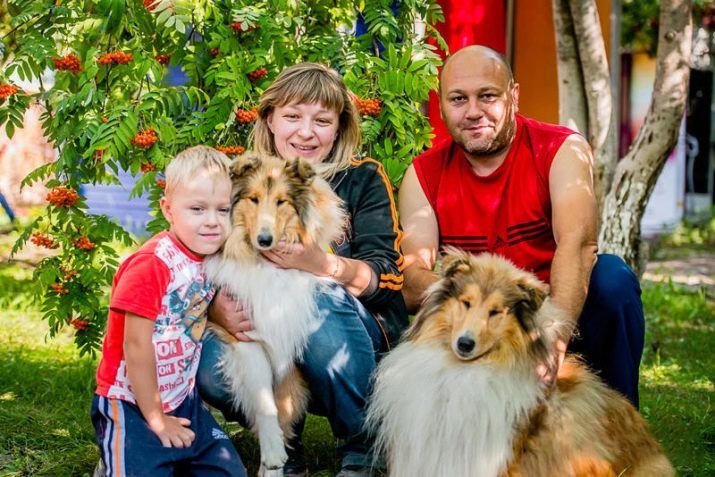
She is almost always wary of strangers. However, if the dog realizes that there is no threat from them, she will be willing to play and have fun with these people.
Small collies stand out with increased curiosity. Therefore, you will have to carefully monitor the behavior so that they are not in danger. The dog is extremely active, and at first its readiness for the game, for competitions and morning, evening runs with the owners almost always touches. But you need to think carefully about what your possibilities are, whether it will be possible to spend a lot of time with a collie. The positive characteristics of the breed are:
- highly developed intelligence;
- excellent memory;
- artistry;
- lack of aggressiveness (at least in healthy and well-trained animals).
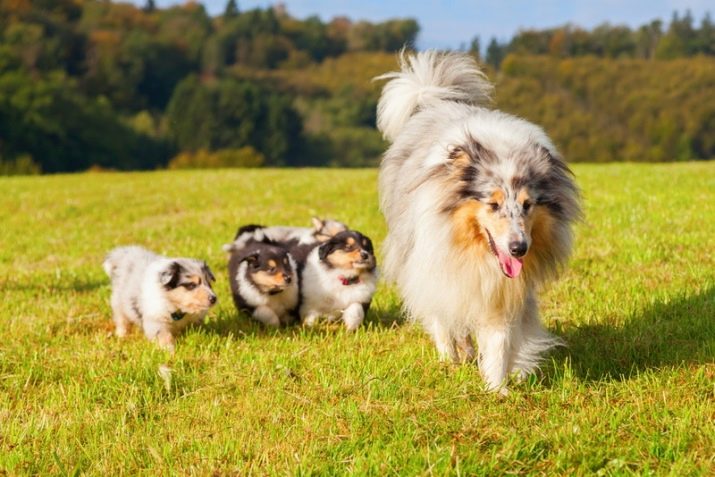
A developed mind greatly facilitates training. But it is important to understand that sometimes the collie uses insufficient skill and insufficient perseverance of the owners. Then the puppies are stubborn, cunning and demonstrate that the trainer's requirements are not clear to them. This trick is suppressed in an elementary way: one should only clearly and consistently draw one’s line — without rudeness and violence, but calmly and without deviations to the side.
Collie is invariably beautiful and graceful - this is noted by all connoisseurs and specialists. The breed, as befits a "shepherd," calmly tolerates cold and heat.Of the shortcomings, it is worth noting the complexity of caring for her and the need to carefully select the usual medicines for the treatment of diseases more carefully than usual.
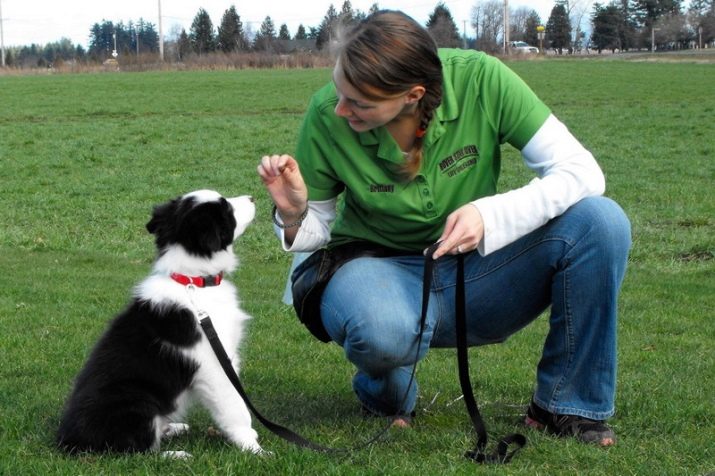
Each of the pets is strictly individual and will have to look for a personal approach to it.
The most “healthy” collies are distinguished by “classic” collies, which are distinguished from representatives of the “modern” branch by:
- drier constitution;
- elegance of the neck;
- limb lengthening;
- dry head;
- stronger ligaments.
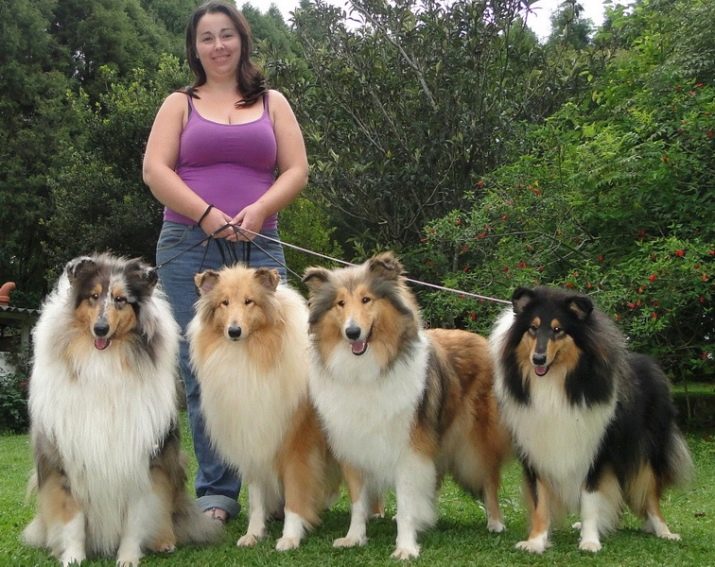
A full-fledged “classic” makes more free movements and retains physical activity until a later age. But “dryness” should not be overly expressed. The disadvantages of individual individuals can be a lanky constitution, a flattened chest and an oblong muzzle. "Modern" moves a little constrained, often suffers from violations in the skeletal structure and ligaments. Only to a small extent are these shortcomings justified by a touching expression on the face.

Other problems of "modern" are:
- ligament weakness;
- sagging back;
- shortened neck (up to its complete visual absence);
- excessively curved ribs giving the impression of a barrel;
- too developed undercoat.
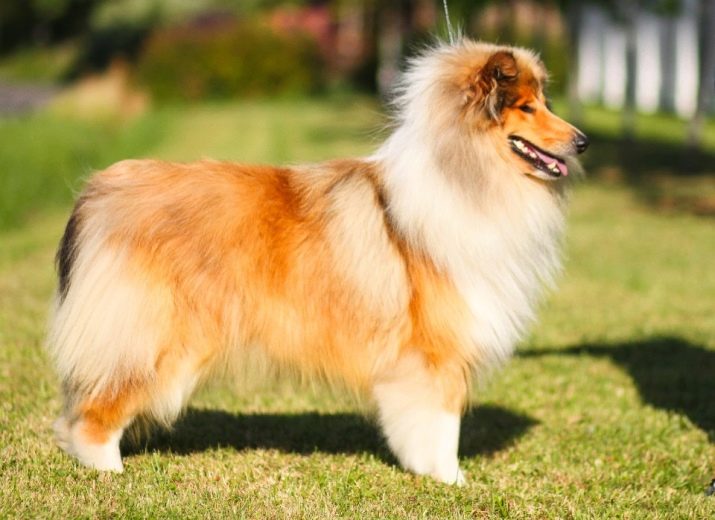
How to name?
As is the case with other dog breeds, it is advisable to call a collie a concise, sonorous name. After all, a conditional name will have to be pronounced very often. And one more nuance: the more difficult the name, the more difficult it is to stop the dog in a critical situation, to call her.
“Girl” is often called Kelly, but options such as:
- Madeira
- Jasmine;
- Nicole
- Olivia;
- Grace;
- Francesca
- Betty;
- Emily;
- Kat
- Vega.
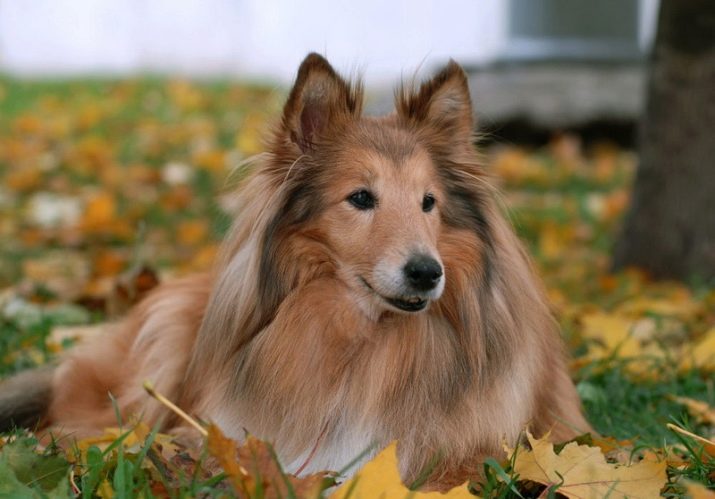
Collie "boys" are called:
- Force;
- Frants;
- Rikami;
- Olafs;
- Lloyds;
- Oscars
- Lawrence
- Bruno
- Mikami;
- Danami
- Mozart;
- Henry;
- Olivers;
- Steve.
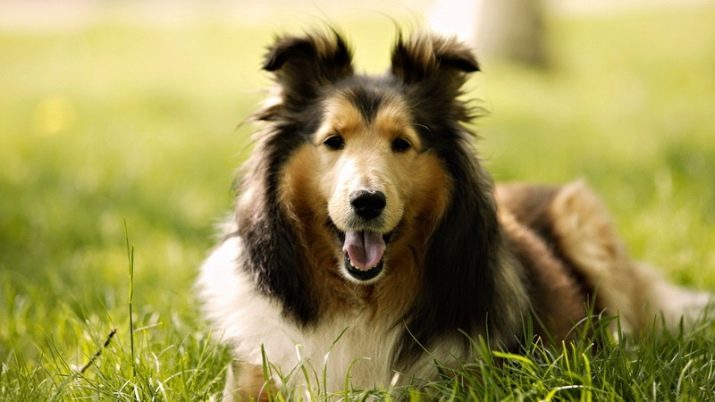
Fanciful names of foreign origin are not popular with everyone, and it is not necessary to be limited to them. Of the more familiar dog nicknames fit:
- Persian;
- Thunder;
- Kai
- Yakut;
- Polkan;
- Sultan
- Bertha;
- Busya;
- Elsa
- Sophie;
- Hell;
- Arrow;
- Beta;
- A bug;
- Venus.
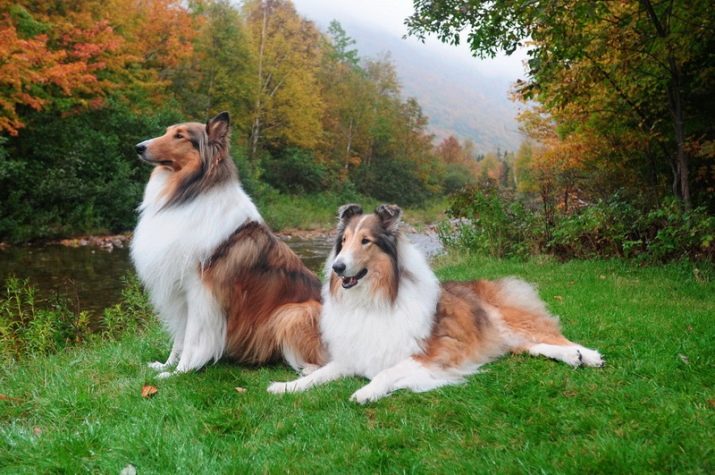
How to choose?
When the decision to start a collie is finally made, you need to carefully select the right dog. And at the same time, the purpose for which the animal is acquired is of particular importance. It is she who determines which parameters will be most important. So, when buying puppies as a person’s best friends, they come first level of health and character traits. But many set a much more ambitious goal - victory in various exhibitions.

Ambitious people will also have to deeply study the standards of the breed, the characteristics of a particular animal, and then check it for non-compliance with the breed norm. No less significant for exhibition work is a good pedigree. Any jury, any experts will certainly evaluate it. Nevertheless, the dog’s health always comes first. A strong and normally developed collie at the age of 8 weeks is different:
- flat back;
- slightly rounded muzzle without narrowing;
- strength and smooth structure of the paws;
- elongated neck;
- ears hanging forward;
- a body close in shape to a square;
- scissor bite;
- powerful coat.

But you need to look not only at the animals themselves. It is impossible to grow a high-quality, healthy livestock in bad conditions, when it is crowded and dirty around. Responsible sellers do not hesitate to acquaint buyers with all the conditions of their puppies. Pets themselves should be slightly plump and prone to active movement. They should not have parasites or diseases of any kind, therefore they will have to require from the breeders or owners of the nursery certificates from veterinarians confirming the excellent state of health of the pet.
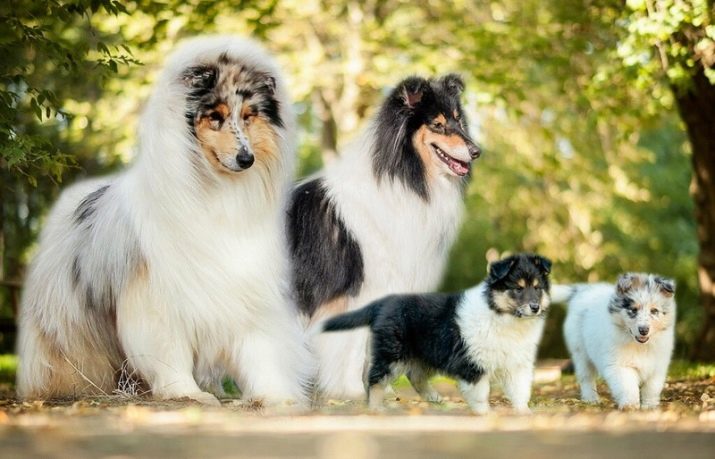
Look at the features of the collie breed in the next video.
